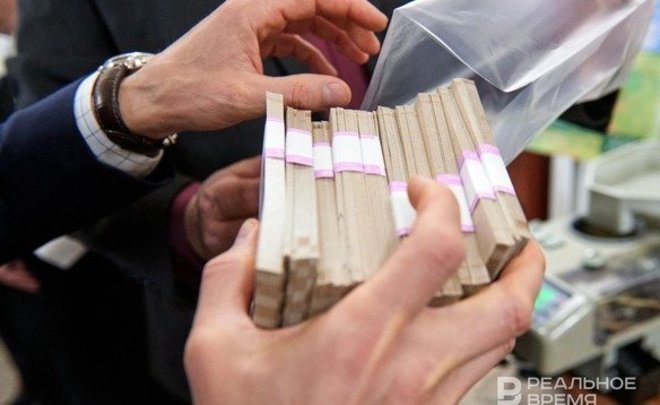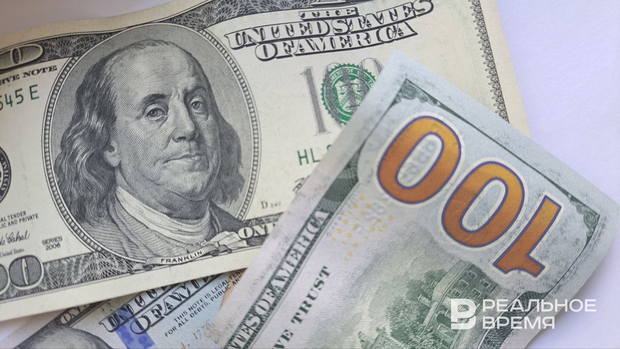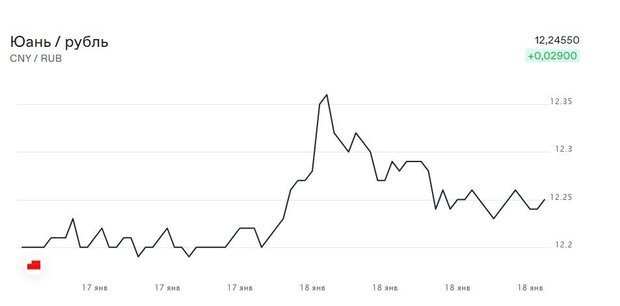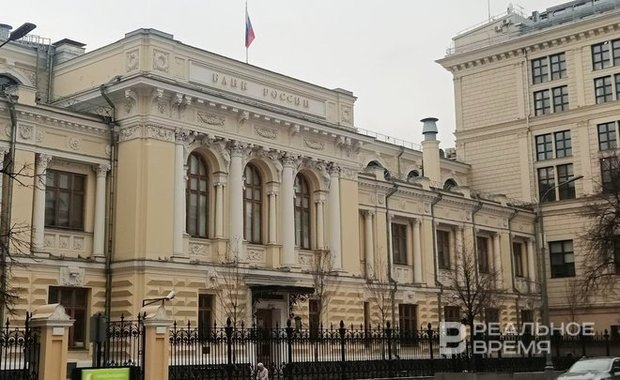Yuan, dollar, or ruble deposits: which currencies Russians prefer to keep money in
Experts talked about whether ruble deposits and the Chinese yuan can become an alternative to “toxic” currencies in the medium term

The Russian national currency holds its position for the second week in a row, preventing the dollar from overcoming the psychological mark of 90 rubles. According to the results of trading on the Moscow Stock Exchange on Friday, January 19, the exchange rate of the US dollar decreased by 85 cents to 88.2 rubles. The euro fell by 43 cents, amounting to 96.19 rubles. Financial analysts interviewed by Realnoe Vremya forecast that the trend towards strengthening the Russian currency will continue at least until mid-February. Meanwhile, they also record a slight cooling of Russians' interest in buying currencies of unfriendly countries as a tool to preserve and increase their savings. What kind of replacement Russian citizens have found and what kind of profit it promises — in the material of the publication.
The currency “pulled” the ruble out of its peak

Besides, Yuri Kravchenko, the head of the analysis department of banks and the money market at VELES Capital IC, adds that the decree on the mandatory sale of currency by exporters continues to operate.

The bet on banks
It also contributed to the growing interest of Russians in opening bank ruble deposits. Last December, demand for deposits increased markedly, according to a study by Banki.ru. Their share in customer requests rose by 4 percentage points (pp) in the last quarter — from 9% to 13%. Three-year deposits are of the greatest interest.
At the same time, according to analysts, there is a decrease in the attractiveness of the dollar and the euro as currencies for Russians' savings — their share is decreasing in the loan portfolio and deposit base.
“In addition to the obvious risks associated with the loss of foreign currency assets as a result of sanctions, dollar and euro instruments offer low returns. Besides, the attractiveness of foreign currency deposits is also reduced by internal currency restrictions — a deposit in dollars or euros can now be received back only in rubles at the bank's exchange rate. Thus, foreign currency deposits offer low returns, and taking into account the bank spread at the exchange rate, they are negative at all. At the same time, against the background of an increase in the key rate, ruble savings now provide increased profitability," Trifonov explains.
However, Russians have not completely abandoned the habit of buying foreign currency to make money on the difference in exchange rates.

“Despite the observed weakening of the dollar and the euro in the Russian market and attractive interest rates on deposits in rubles, we believe that the public's interest in the 'toxic' foreign currency has not faded. Moreover, periods of weakening of the dollar and the euro are used by many investors only to increase purchases of the currency at an attractive price. As practice shows, the opportunity to sell this currency much more expensive will appear sooner or later," Kravchenko assures.
Alexander Potavin from Finam FG clearly demonstrates this interest in numbers.

The population was especially active in buying dollars and euros in November 2023, the analyst says.
Yuan vs dollar
Nevertheless, Russians are starting to look towards other currencies. Experts consider the Chinese yuan to be the most promising of them, which is not surprising. By the end of 2023, the total trade turnover between Russia and China had increased by almost a third compared to 2021, reaching $240.11 billion in absolute monetary terms.

“Among the alternative currencies, the Chinese yuan is of particular interest, the share of which is constantly increasing in the structure of exchange trading in the Russian Federation. For example, back in July 2023, the share of trading on the yuan/ruble pair reached 40% and for the first time exceeded the share of the dollar/ruble pair. By November, the yuan/ruble accounted for 41% of exchange transactions, while the dollar/ruble accounted for only a third. For comparison, in the first half of 2022, transactions on the yuan/ruble pair did not exceed 10% in the structure of exchange trading," Kravchenko says.
The analyst of BCS Forex, in turn, adds that the yuan stands out for its relatively low volatility against the dollar. Besides, the number of instruments for investment in yuan in the domestic market is increasing, so this currency has prospects.
Tatyana Simonova, the head of the Investment Advisory Department at General Invest, provides more figures.

Thus, the popularity of the yuan is growing, and this trend is likely to continue in 2024. By the way, about a quarter of the National Welfare Fund (NWF), which amounted to 13.4 trillion rubles on December 1, also accounts for the yuan, the expert says.
Dimitri Rezepov, the deputy director for investments at General Invest, adds that “over the past four years, the yuan and the US dollar have shown approximately equal strengthening against the ruble — 37.6% and 42.4%, respectively.”

However, Kravchenko warns that, despite the potential attractiveness of the Chinese currency, ordinary citizens should remember that at this stage it is “mainly an online investment tool, and transactions with cash, transfers and payments in yuan will have a number of restrictions or are not available at all.”
Potavin agrees with his colleague: “Russian banks, opening deposits in yuan to depositors, give them quite small interest rates, which often do not even cover current inflation.”

Game is not worth the can
As for buying other currencies from friendly countries, analysts agreed that the game is not worth the can. Firstly, these currencies are usually quite volatile against the dollar themselves. Secondly, a small number of banks offer instruments for saving in friendly currencies, and in the absence of competition, the profitability of these instruments is much lower than the risks of its depreciation.
“If you look at the charts, you can see that the last 10 years... the currencies of developed and developing countries show sad figures. The euro sank (against the dollar) by -20%; Canadian dollar: -23%; Indian rupee: -25%; British pound: -26%; Mexican peso: -27%; Indonesian rupiah: -27%; Brazilian real: -57%; Russian ruble: -67%. That is, for most world currencies against the dollar, the average person simply loses money from their devaluation. During this time, only the UAE dirhams, the Saudi riyal, and the Hong Kong dollar, whose exchange rates are tightly linked to the US dollar, have not lost value," Potavin noted.
However, Simonova does not rule out some growth in interest in the currencies such as the Armenian dram, Kazakhstani tenge, and Turkish lira.